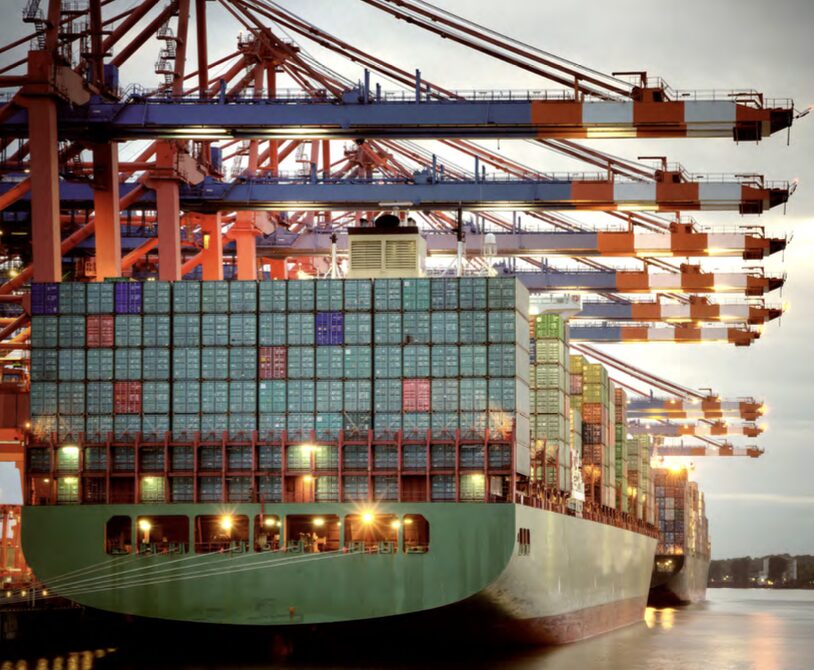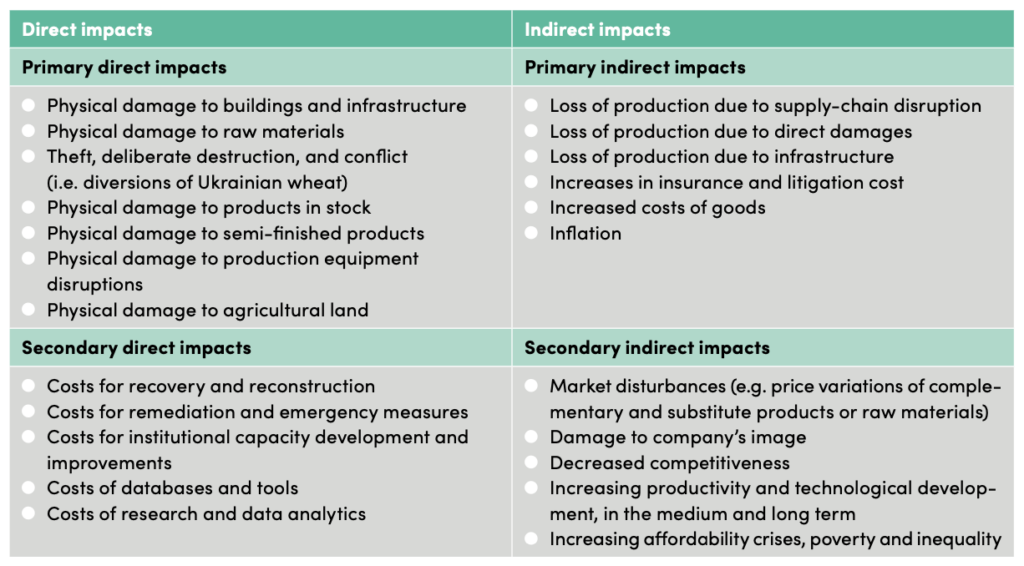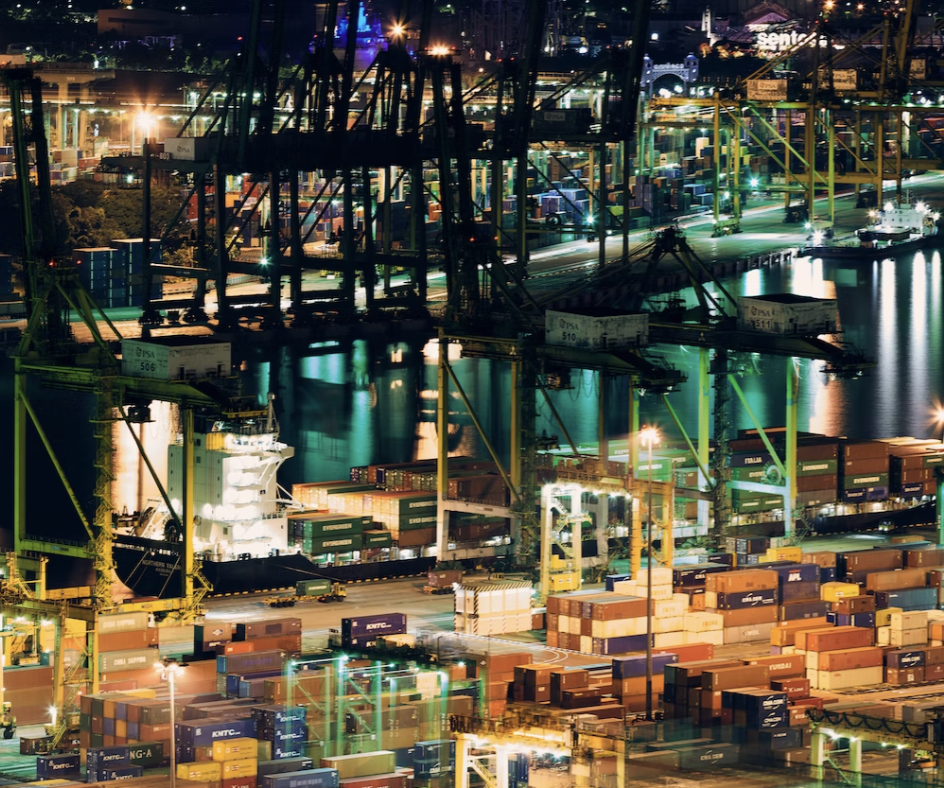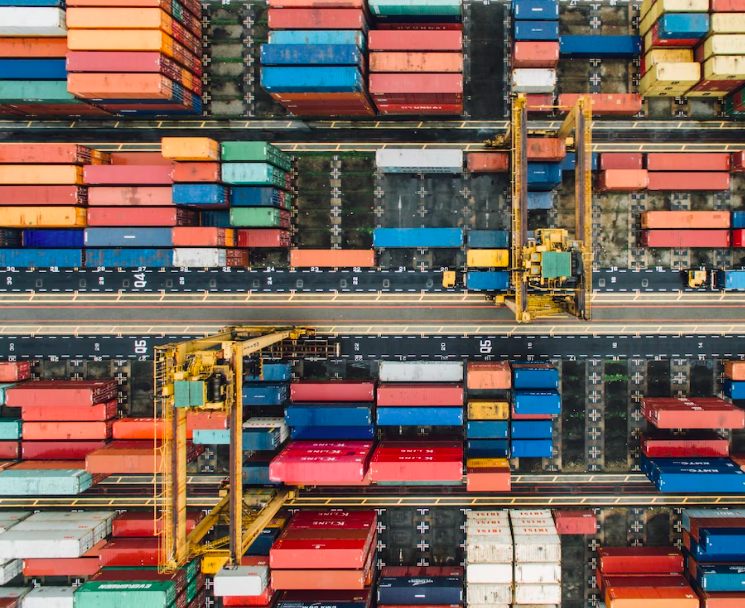White Paper on European Climate Risk and Trade in Europe

Introduction
The European Union, home to the world’s largest single market and one of the world’s most outward- facing economies, is uniquely exposed to transboundary climate change risks due to its close connectivity with other regions and countries. Climate change is expected to increase the costs of international trade by disrupting production and supply chains, with significant social and economic spillover effects to other businesses. It will be costly and complex to adapt supply chains and strengthen trade policies in preparation for climate risks and variability.
The EU is more reliant on international supply chains than most regions, including China and the United States. The effects of climate change on international supply chains present a serious threat to the EU’s stability by compromising essential food, pharmaceuticals, and commodity imports, undermining export-driven economic growth and jobs, and affecting the health, safety, and livelihoods of workers and communities that operate supply chains. A climate adaptation-focused partnership between the EU and supply chain actors would ensure broader resilience for workers, suppliers, and their surrounding communities.
The European Climate Risk and Trade policy white paper draws on insights from a series of private sector consultations to identify some of the main barriers that are currently hindering business actions on adaptation. It explores the important role of public policies to create an enabling environment that will accelerate investments in adaptation solutions and scale up their deployment.
This article is an abridged version of the original text, which can be downloaded from the right-hand column. Please access the original text for more detail, research purposes, full references, or to quote text. Visit the European Climate Risk & Trade Policy Programme page to learn more.
The multiple vulnerabilities of supply chains
Europe’s socio-economic systems are highly reliant on international trade and cross-border cooperation. Today, two-thirds of international trade is underpinned by global value chains (OECD, 2022), and the EU’s strong economic growth has been driven by the emergence of more interdependent global supply chains. Supply chain vulnerabilities impact suppliers, infrastructure, and consumers. Regarding infrastructure, impacts can be direct or indirect and their duration spans short, medium, and long-term timeframes (Table 1).

Direct and indirect impacts to supply chain infrastructure, generalized (Table 1, p. 7)
Learn more about supply chain vulnerability and the ways in which governments and businesses are building resilience on pages 7-10.
Barriers to business-led climate adaptation
The private sector consultations linked to the European Climate Risk and Trade Programme, the UN Global Compact Think Lab and the World Economic Forum suggest that a wide range of factors are behind the slow progress of European businesses on climate adaptation. Many of these factors relate to internal corporate constraints and risk culture, whereas other factors relate to broader market challenges.
In summary:
- Climate risks are simply not on the radar of the businesses, even among some multinational corporates, because they perceive the physical impacts of climate change as immaterial to their business operations in the near term.
- In other cases, businesses do not have access to relevant data and information on climate risk and adaptation, which makes it difficult for them to put value on the benefits of adaptation and the costs of inaction, and ultimately to build the case for investment.
- The degree of influence that European businesses have on their supply chains can vary considerably depending on the size of businesses, geography, which sector they operate in, and what product or service they offer.
- Larger businesses often suffer from atomized operational structures, which result in institutional siloes and inertia that prevent an effective and coordinated response in risk management, procurement, and sustainability teams.
Explore these barriers to business-led adaptation in more detail on pages 11-12, and opportunities to accelerate business-led adaptation through government policy, with a case study on pharmaceutical supply chains, on pages 13-15.
Key messages
The paper highlights several key areas for policy action and collaboration:
- Strengthen climate risk assessment and scenario analyses to map current and future climate risks against supply chains in critical sectors, considering compound effects. This data can be used to inform government climate and trade policies, and to help accelerate adaptation planning in the private sector.
- Develop guidelines for physical climate risk disclosure and adaptation-related metrics, to support harmonisation of standards and alignment of regulation. These could be incorporated into existing regulatory frameworks.
- Establish a collaborative platform to facilitate both public-private and business-to-business collaboration around risk sharing and sector-specific co-investments in adaptation in shared supply chains. A joint task force should develop recommendations for business that are both cross sector and sector specific, in collaboration with key industry actors and with strong engagement from SMEs.
- Implement policies to accelerate both public and private investments into adaptation, through increased access to adaptation finance for small-and-medium sized enterprises, and other economic incentives, such as via bespoke corporate grants, tax credits and public procurement.
By providing incentives for climate-resilient infrastructure, European governments can enhance the reliability, resilience, and preparedness of supply chains of both critical and everyday goods, while a streamlined approach could accelerate identification of, and investments in critical supply chain infrastructure for the EU.
To ensure robust and climate-resilient supply chains, and the continuous flow of critical goods and services even in the face of climate-related challenges, it is particularly important to develop a stable regulatory environment that integrates climate adaptation considerations, investor-friendly policies with climate resilience incentives, and streamlined permitting processes with climate risk mitigation strategies.
Read the discussion and learn more about the collaborative solutions on pages 17-20.
Suggested Citation: Cote, M. & Mikaelsson, M. (2023). ECRT Policy White Paper: Climate Change and Trade in the European Union. Stockholm Environment Institute & Adaptation Without Borders.






Comments
There is no contentYou must be logged in to reply.